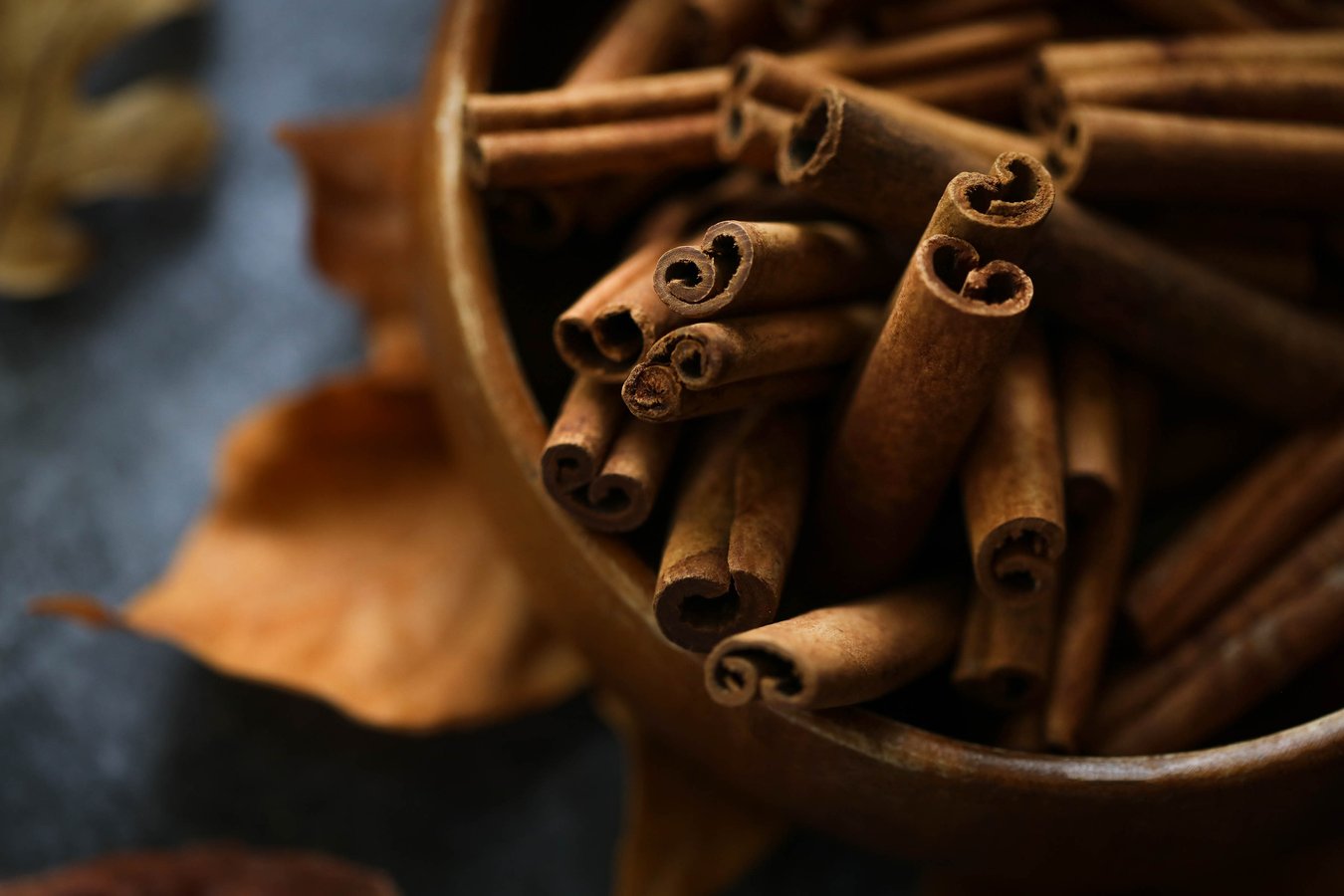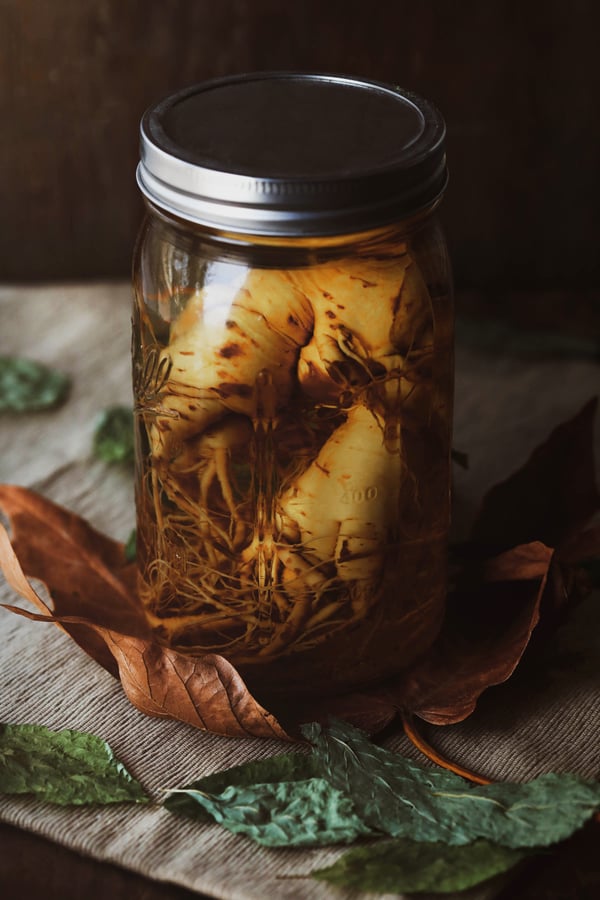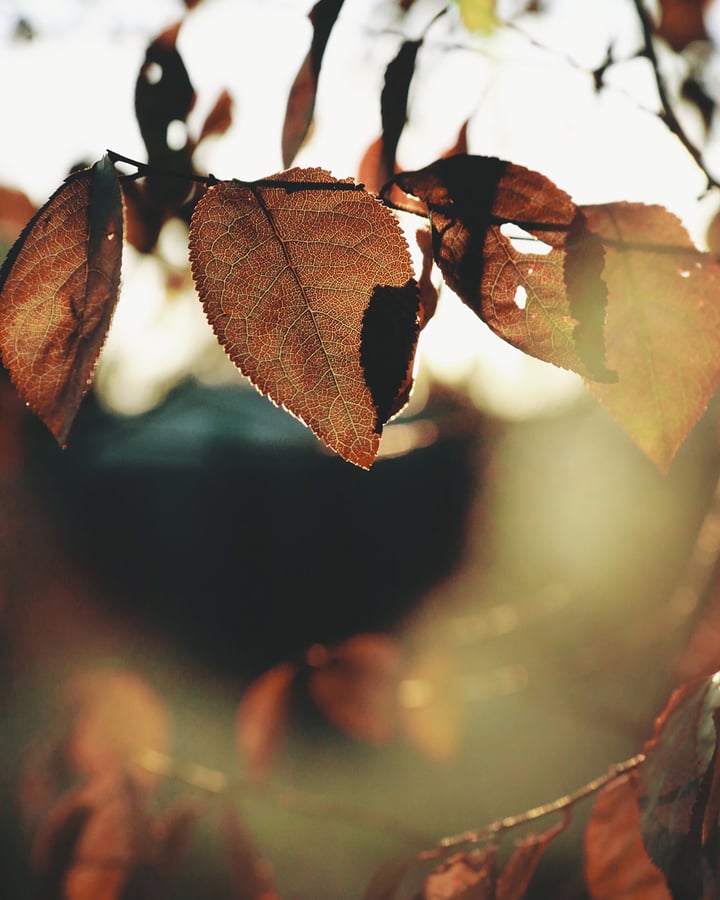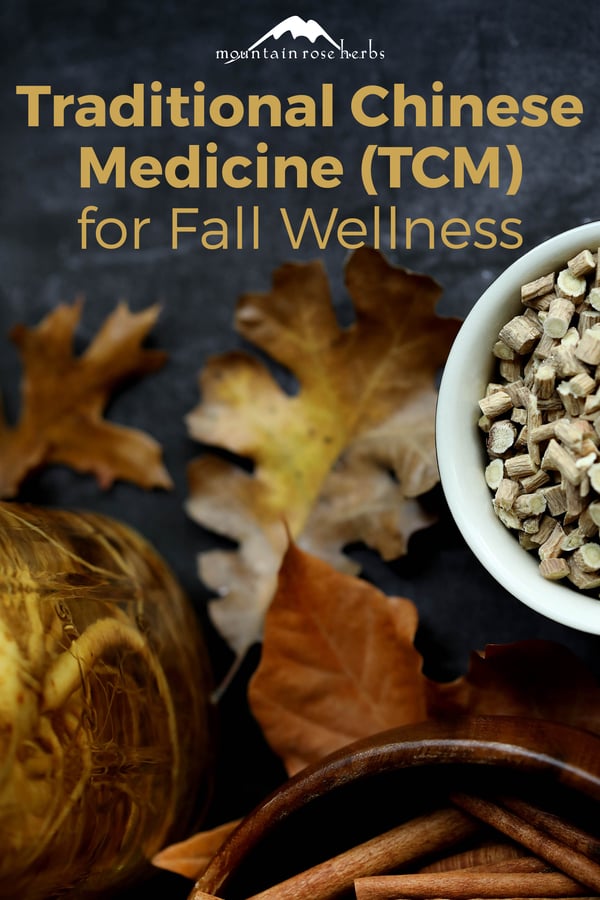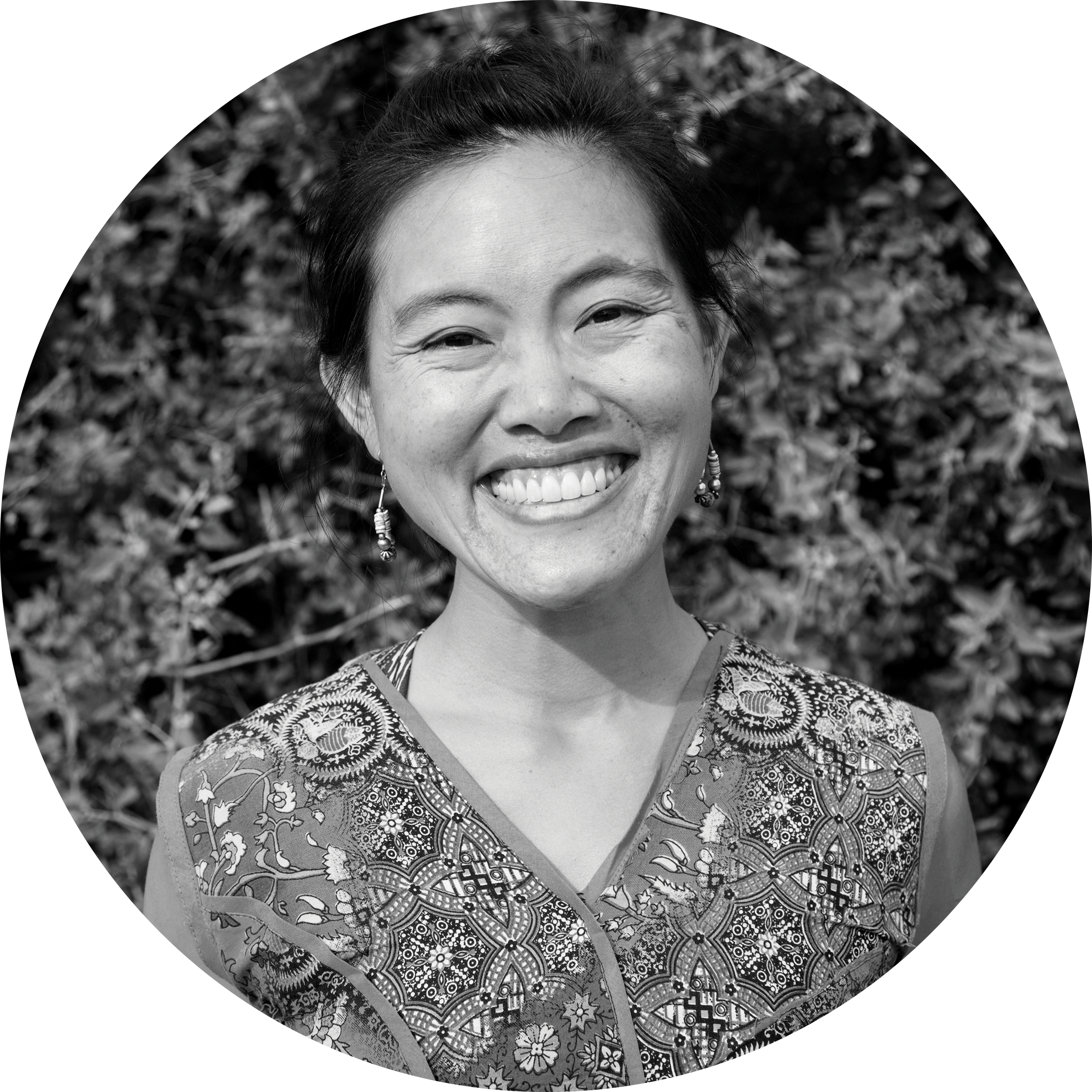In autumn, seeds drop to the earth and lie still. Similarly, we prepare to hibernate for the winter by drawing inward and consolidating our energy. Traditional Chinese Medicine’s Metal element is associated with autumn. Metal governs the Lung and Large Intestine meridians, with their functions of inspiration and excretion, appropriate storage and release.
Growing up, my parents fed us the qi and blood tonic, Shi Quan Da Bu Tang, each autumn. Bouncing in its pot as it cooked in our ceramic Chinese medicine electric kettle, Shi Quan Da Bu Tang, or the “All-Inclusive Great Tonifying Formula,” sent its sweet, earthy scent wafting through our home. I loved this formula. It made me feel warm, and the flavor transported me back to Taiwan, where I spent the first year of my life with my grandparents. My little sister however, resisted drinking it, as the flavor can be quite strong.
Shi Quan Da Bu Tang is a commonly used household formula for general tonification. As the name implies, it tonifies everything, building up strength and resilience for the coming cold season. My parents also fed it to us for general health while we were growing up, unofficially dubbing it “grow taller medicine” (zhang gao yao, 長高藥). By tonifying the qi and blood, we nourish the entire being.
Modern Chinese herbal formulas are oftentimes more complex than western herbal formulas, Chinese formulas are organized like an ancient Chinese court, with each level of the court supporting the whole kingdom. King herbs (jun, 君) lead the formula by treating the main symptom, often with a higher dose. Deputy herbs (chen, 臣) actively support the king herbs and address accompanying symptoms. Assistant herbs (zuo, 佐) provide further support, while counteracting toxicity. Envoy herbs (shi, 士) leads the formula to specific body areas, and harmonizes the entire formula, often in smaller doses.
Shi Quan Da Bu Tang is a relatively modern formula from 1180 A.D., with twelve ingredients. The king herbs Ginseng root (renshen), and Rehmannia root (shu di huang) strongly nourish the Qi, Blood, and Essence. Deputy herbs Astragalus root (huang qi), Cinnamon bark (rou gui), Atractylodes rhizome (bai zhu), and Dong Quai root (dang gui) support the kings, while warming the body. Assistant herbs Poria fungus (fu ling), and White Peony root (bai shao) nourish and strengthen. Envoy herbs Lovage root (chuan xiong), and the “three candies” of Licorice root (zhi gan cao), Ginger root (sheng jiang), and Chinese date (da zao) activate and harmonize the formula.
King Herbs
Ginseng (Panax ginseng, Araliaceae) is revered for its adaptogenic qualities. Asian ginseng is native to the mountains of China and Korea and is considered more stimulating than American ginseng. Due to the increasing costs and precious nature of ginseng, Chinese herbalists often substitute Ginseng with 2-3 times as much Codonopsis root (Codonopsis pilosula, Campanulaceae, Dang shen). Codonopsis is a gentle qi (energy) tonic and adaptogen. Native to Asia, Codonopsis has twining stems with bell-shaped flowers and carrot-shaped roots and is typically prepared as a decoction or extract.
Rehmannia (Rehmannia glutinosa, Orobanchaceae) nourishes the Yin, or the body’s underlying infrastructures. It can be thick and cloying, so should be reduced if there is digestive stagnation.
Deputy Herbs
Astragalus (Astragalus membranaceus, Fabaceae) is a sun-loving perennial native to China, Mongolia, and North Korea. It’s a Qi-tonic that can be tinctured, decocted, and simmered into soups, stews, and broths.
Cinnamon (Cinnamomum cassia, Lauraceae) warms the body to support transformation. It improves circulation, tastes sweet and delicious, and tonifies the Yang to support the Yin.
Atractylodes (Atractylodes macrocephela, Asteraceae) tonifies the Spleen qi, and dries any dampness created by the heavier herbs in the formula. It thus supports the digestive center of the body and helps to keep the formula moving.
Dong Quai (Angelica sinensis, Apiaceae) nourishes and moves the Blood. Dong Quai is a small perennial, growing up to three feet in height. It is native to high altitude regions of China and Japan, growing best in cold, damp areas. “Dong quai" literally translates to "state of return."
Assistant Herbs
Poria (Poria cocos, Polyporaceae) is a mushroom that also strengthen’s the Spleen meridian, and grounds the formula by releasing any excess dampness.
White Peony (Paeonia lactiflora, Paeoniaceae) is one of the oldest plants cultivated for its flowers alone, a practice going back to 2000 B.C.E. in China. It was brought to Japan by Buddhist monks from China, where it is still considered today to be a symbol of prosperity. Here, it nourishes Yin and Blood.
Envoy Herbs
Aromatic Lovage (Ligusticum striatum, Apiaceae) invigorates the Blood, encouraging circulation.
Sweet Licorice (Glycyrrhiza glabra, Fabaceae) is an herbaceous legume native to Asia, often added to herbal blends as a harmonizing ingredient.
Spicy Ginger (Zingiber officinalis, Zingiberaceae) is an aromatic and tropical herb that is widely cultivated in many equatorial countries. A zesty and warming spice, ginger root has been used to flavor culinary dishes and beverages for millennia. Ginger can be made into syrups, infused as ginger tea, blended into herbal formulas, and tinctured.
Sweet Chinese Date (Ziziphus jujuba, Rhamnaceae) helps Licorice and Ginger unify the formula with its nourishing properties.
Where to Find Shi Quan Da Bu Tang
Please consult with your Chinese medicine practitioner, herbalist, or other qualified healthcare provider to determine if this formula will best support you this autumn, or if another formula will better suit your needs. Because Shi Quan Da Bu Tang is filled with tonifying herbs, it is not appropriate for those with excess type conditions. An appropriate diagnosis is important.
Chinese herbal formulas are traditionally prepared as decoctions with dried herbs. Rinse the herbs, then cover with water. Bring to a boil, then let simmer for 30 minutes to an hour on low. Strain the herbs from the decoction, then drink. The same herbs can be decocted up to three times, or until they lose their flavor.
(For more information and inspiration from the author, visit JilingLin.com.)
Looking for More Wellness Recipes?
Try This Reishi Chai for Immune Support!
You might also enjoy:
*This statement has not been evaluated by the Food and Drug Administration. This product is not intended to diagnose, treat, cure, or prevent any disease. For educational purposes only

